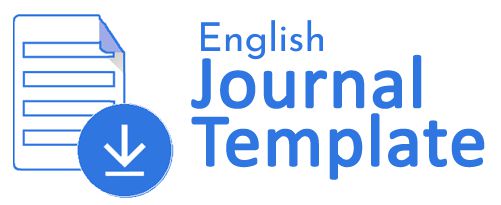COMPARATIVE ANALYSIS OF STROKE CLASSIFICATION USING THE K-NEAREST NEIGHBOR DECISION TREE, AND MULTILAYER PERCEPTRON METHODS
DOI:
https://doi.org/10.34012/jurnalsisteminformasidanilmukomputer.v7i1.4083Abstract
Stroke has become a serious health problem; the main cause of stroke is usually a blood clot in the arteries that supply blood to the brain. Strokes can also be caused by bleeding when blood vessels burst and blood leaks into the brain. In one year, about 12.2 million people will have their first stroke, and 6.5 million people will die from a stroke. More than 110 million people worldwide have had a stroke. Handling that is done quickly can minimize the level of brain damage and the potential adverse effects. Therefore, it is very important to predict whether a patient has the potential to experience a stroke. The K-Nearest Neighbor, Decision Tree, and Multilayer Perceptron algorithms are applied as a classification method to identify symptoms in patients and achieve an optimal accuracy level. The results of making the three algorithms are quite good, where K-Nearest Neighbor (K-NN) has an accuracy value of 93.84%, Decision Tree is 93.97%, and Multilayer Perceptron (MLP) is 93.91%. The best accuracy value is the Decision Tree algorithm with an accuracy difference of no more than 0.10% with the two algorithms used.
Downloads
Published
How to Cite
Issue
Section
License
Copyright (c) 2023 Ertina Sabarita Barus, Jenny Evans Halim, Sally Yessica

This work is licensed under a Creative Commons Attribution-ShareAlike 4.0 International License.
Authors who publish their manuscripts through the Journal of Information Systems and Computer Science agree to the following:
- Copyright to the manuscripts of scientific papers in this Journal is held by the author.
- The author surrenders the rights when first publishing the manuscript of his scientific work and simultaneously the author grants permission / license by referring to the Creative Commons Attribution-ShareAlike 4.0 International License to other parties to distribute his scientific work while still giving credit to the author and the Journal of Information Systems and Computer Science as the first publication medium for the work.
- Matters relating to the non-exclusivity of the distribution of the Journal that publishes the author's scientific work can be agreed separately (for example: requests to place the work in the library of an institution or publish it as a book) with the author as one of the parties to the agreement and with credit to sJournal of Information Systems and Computer Science as the first publication medium for the work in question.
- Authors can and are expected to publish their work online (e.g. in a Repository or on their Organization's/Institution's website) before and during the manuscript submission process, as such efforts can increase citation exchange earlier and with a wider scope.














